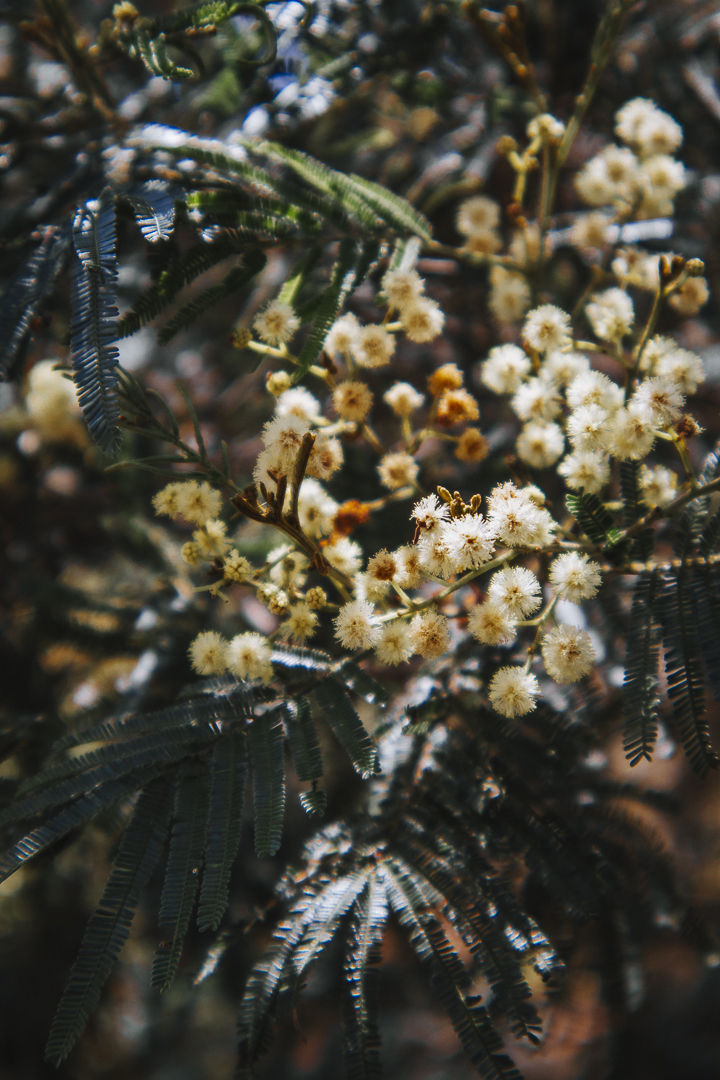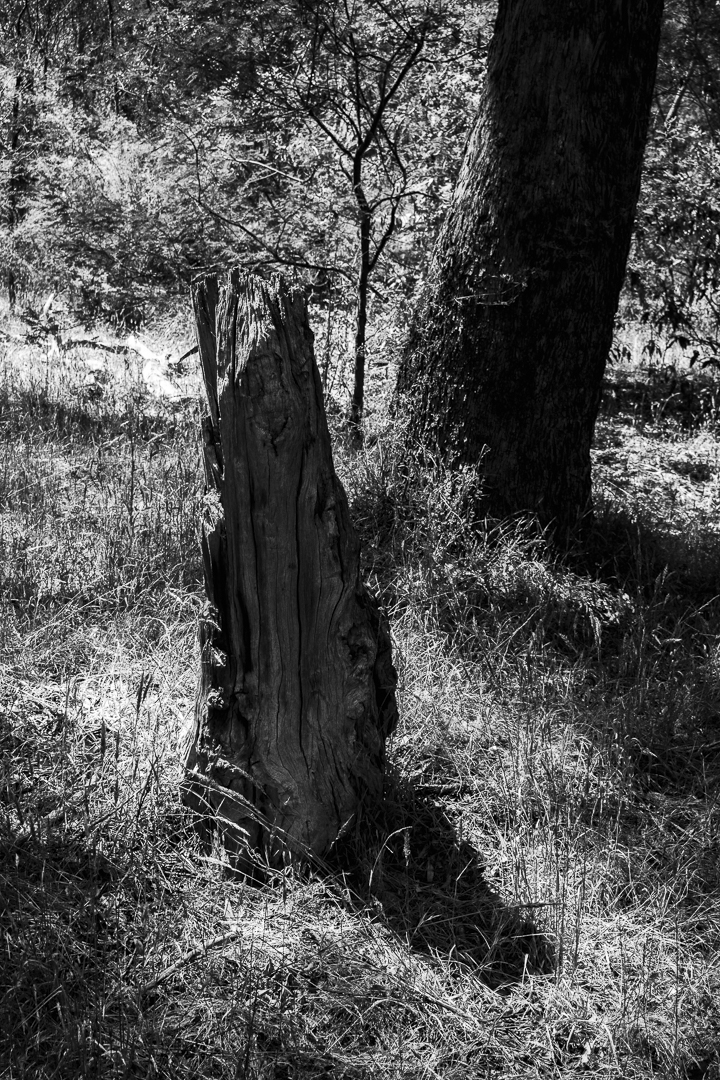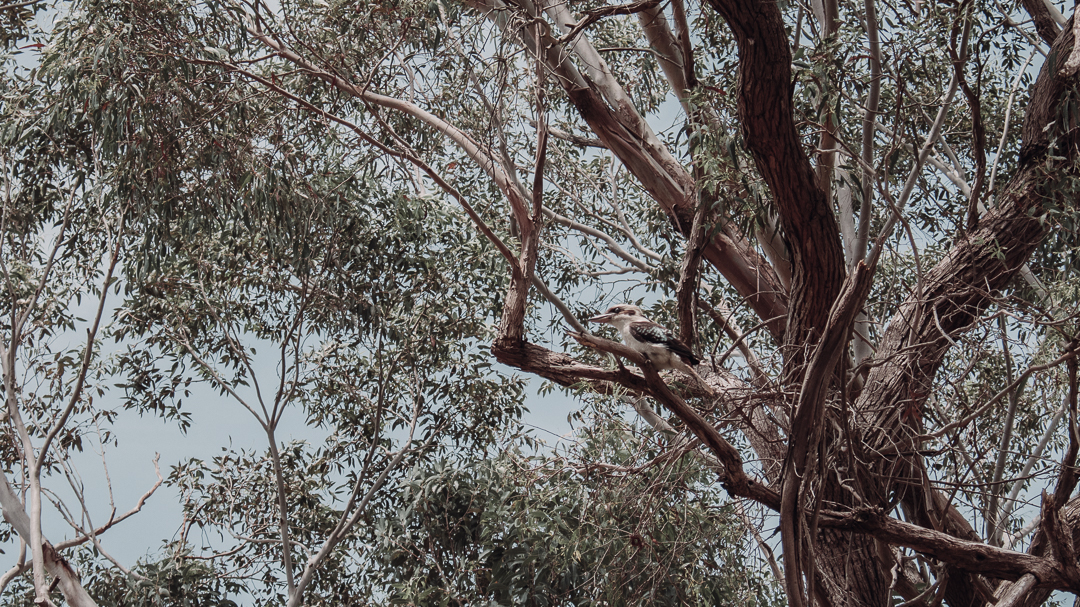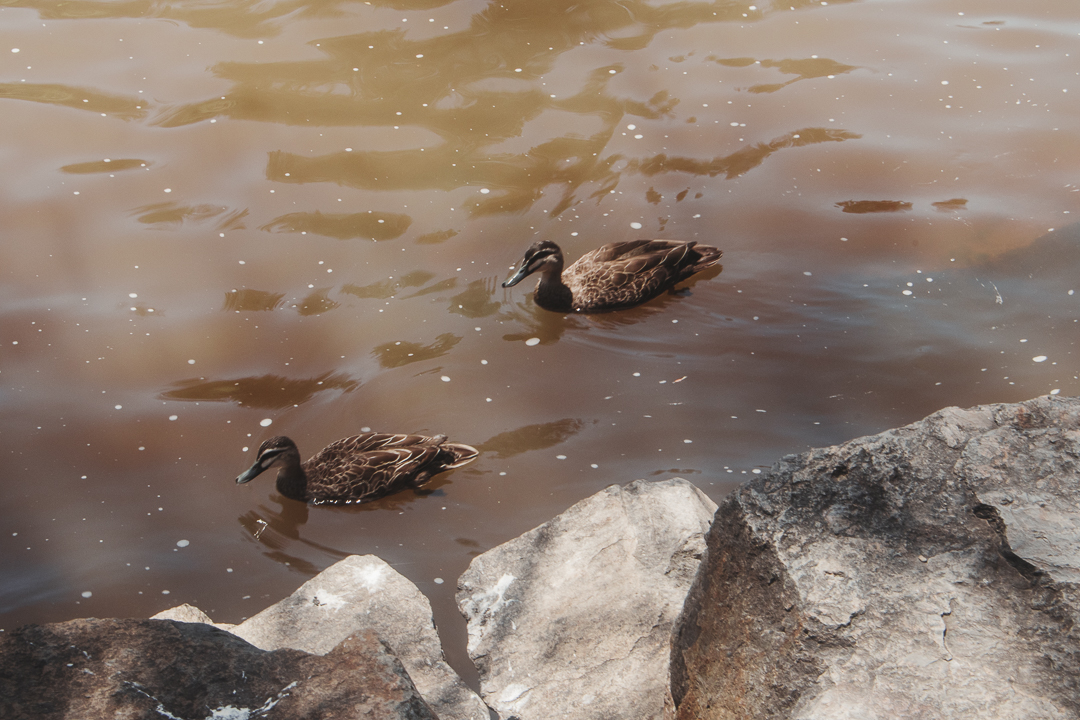A Conversation Between Birrarung Marr and Narrm
References
Country is burning, flooding, drying, and tenuously surviving. Whether we experience it directly or through images that propel 24-hour news cycles we have reached an inescapable new turning point. We are living through what will be settlers’ most significant attempt to confront the climate catastrophe – a step that requires us to interrogate government initiatives that drip-feed hope. As our newsfeeds remind us in yet another climate crisis article:
The policies currently in place to tackle the climate crisis around the world will lead to ‘catastrophic’ climate breakdown, as governments have failed to take the actions needed to fulfil their promises, three former UN climate leaders have warned.1
Within this continent, Western settler government policies remain the dominant system ill-equipped to tackle the crisis. The government’s failure to act on climate reverberates as uneasily as the aftermath of the 2023 Australian Indigenous Voice referendum. A distinct departure from the status quo feels urgent, but the form it takes still unknown. While it is easy to dwell in uncertainty, I increasingly find hope in the speculative imaginary as a way for Country to speak for itself in a time of crisis.
I have imagined the banks of Birrarung Marr as a place where Lomandra grass superseded colonial plant species and First Nations communities redefined the architectural blueprint of the city:
We edged towards the Birrarung with Lomandra brushing against our legs, long green grasses that grew in spikey clumps like giant echidnas. The grass grew abundantly throughout Narrm/Melbourne alongside other reclaimed plants that enabled our craft to flourish; cultural practices settlers assumed we’d forgotten. In schools, children weaved the grasses into mats, replacing the uncomfortable desks we were forced to squeeze into. This place had gone through a gradual transformation, easing the colonial structures I had grown up with as a child. Movements led by Indigenous Architecture and Design Australia and Seed Mob had encouraged people to rethink the future of our cities, rewilding the land traditionally dominated by concrete with native shrubs and soft design, which responded to the intricate curves of the land. People gathered in lush urban forests cultivated by Ngarigo designer Charles Solomon in the area that used to be called the CBD. They watched the Spotted Marsh Frog and other animals return to their natural habitat as the river formerly known as Elizabeth Street gushed freely.
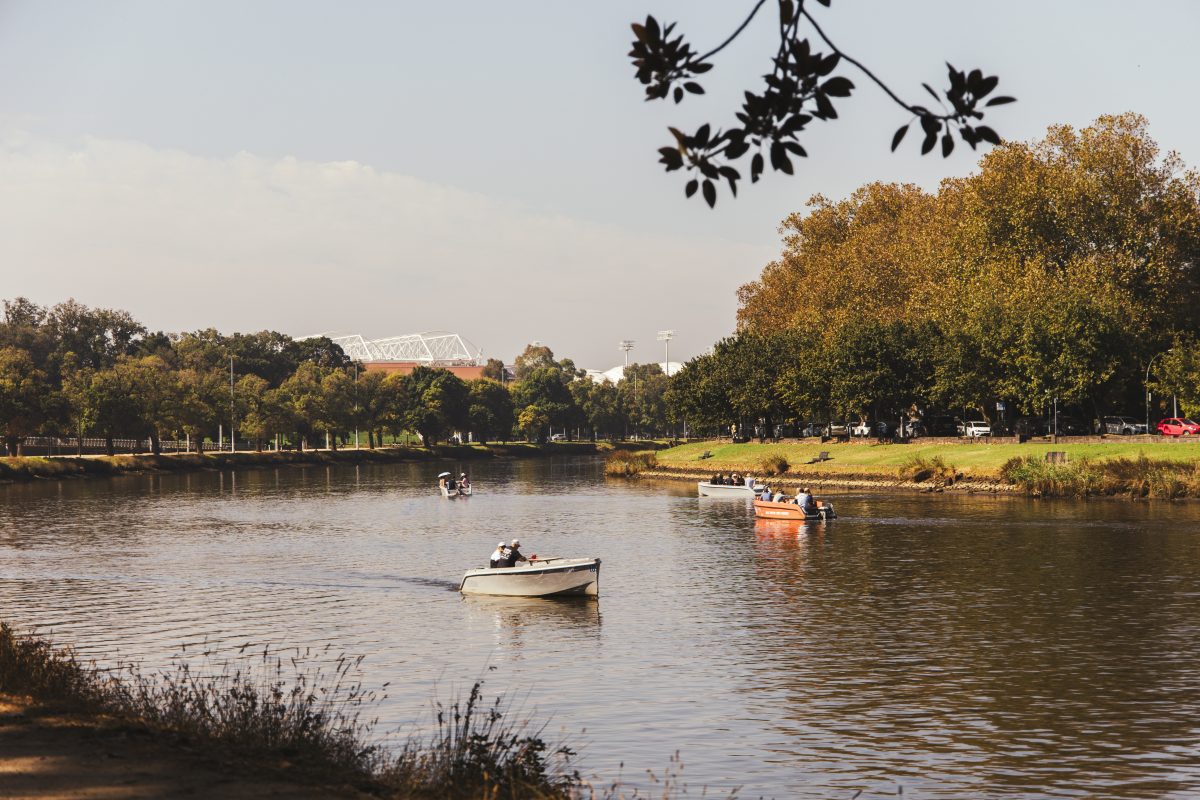

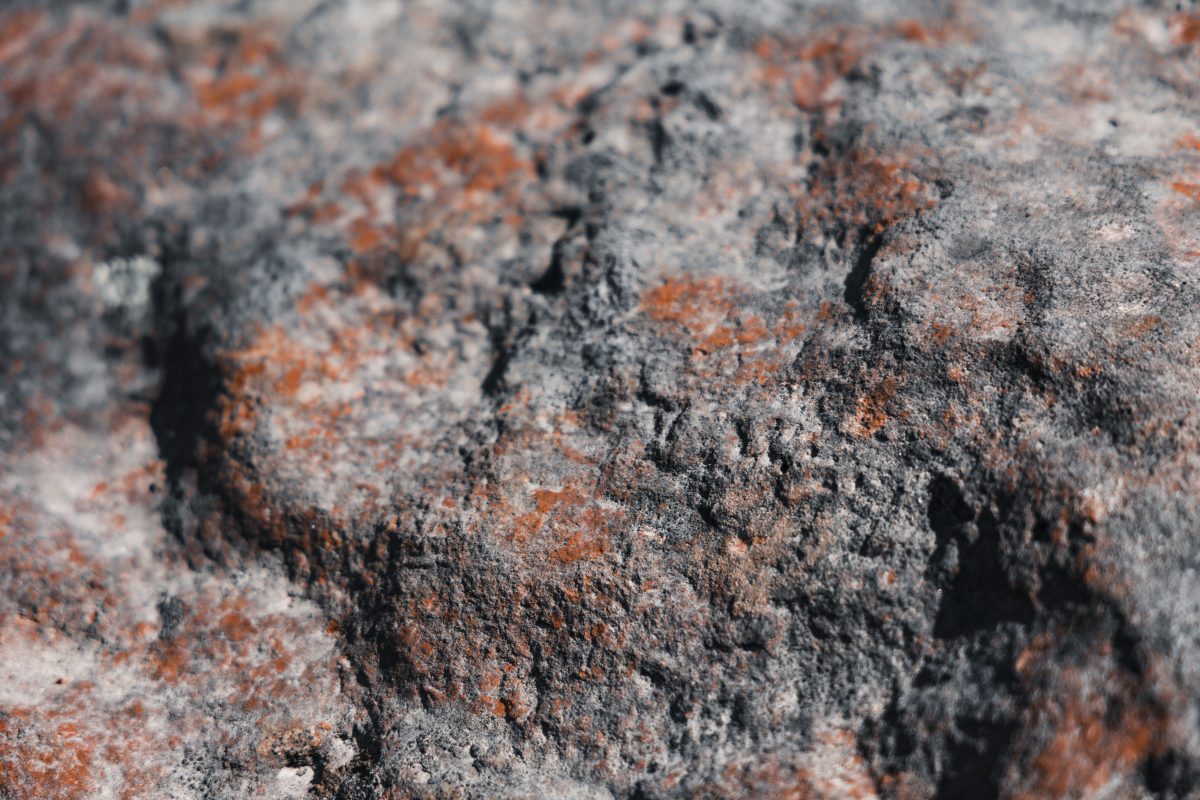

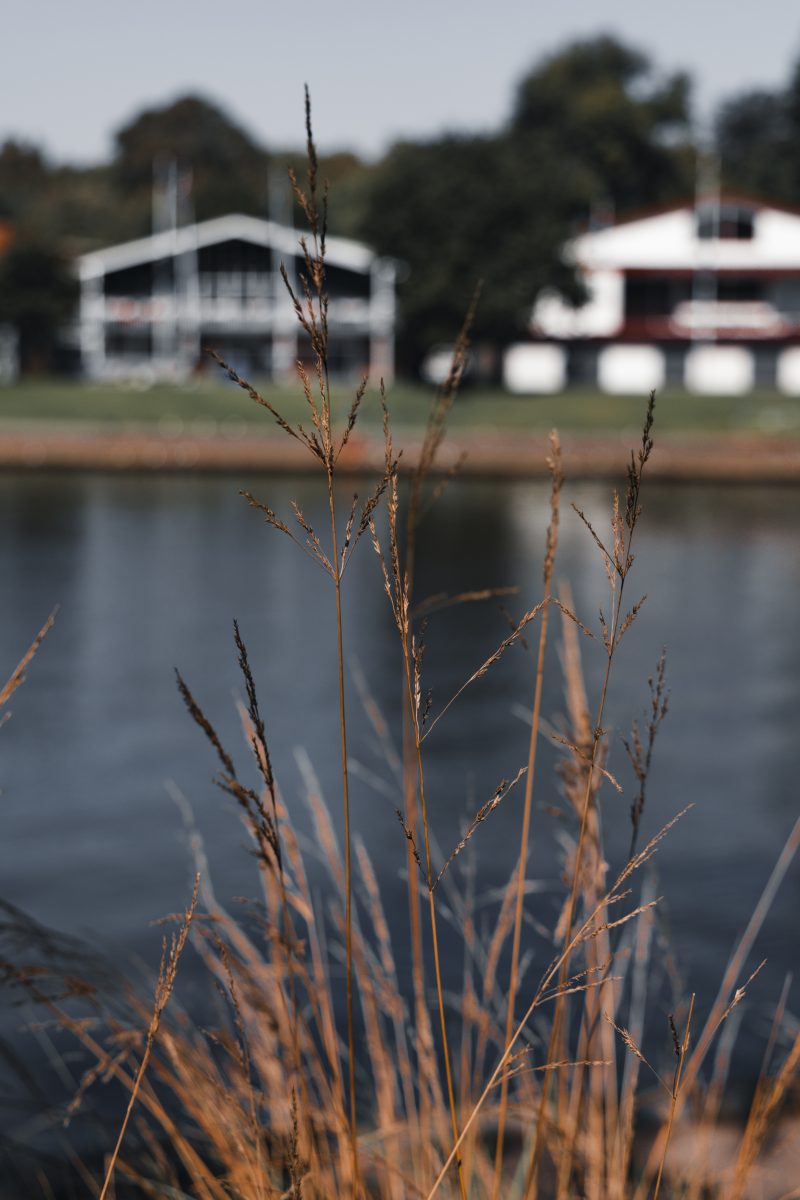

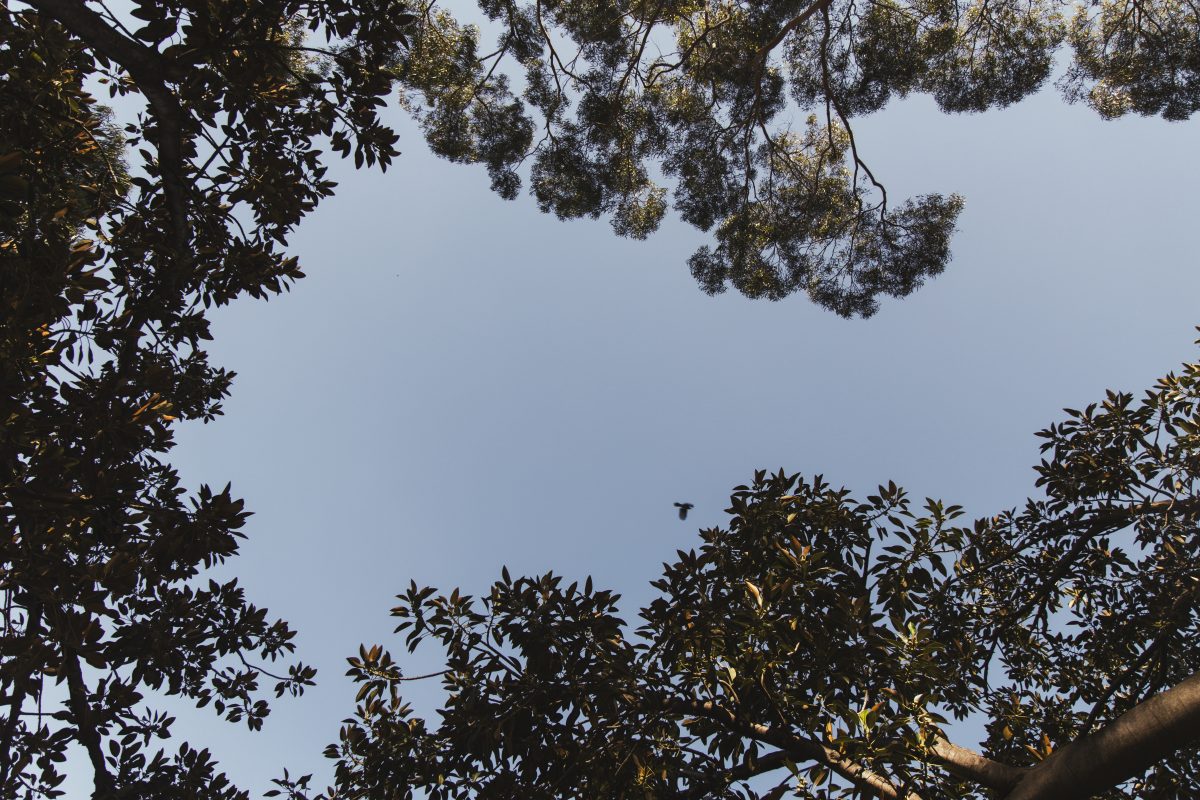
I wrote this in 2018 in an essay titled ‘The city we unbuilt with Blak design’ for the Koori Heritage Trust Blak Design Matters exhibition catalogue, which asked how meaningful Indigenous design contributes to our cities. Beyond the exhibition, I had greater hopes of it becoming a future map or urban strategy that abandoned the science and constraints of government policy and instead listen to the natural resources that we exploit. Six years later, Narrm continues to move and change, but it is this vision that I remain tied to – a hope that new sovereign projects and processes will emerge that will allow us to move back to what was once here to move forward.
This desire is evident in the writing of Afro Futurists equally attuned to the city’s complexities. In NK Jemisin’s speculative novel The City We Became, the iconic New York City develops a life and body of its own, formed by the people who made it:
The gestation can take twenty years or two hundred or two thousand, but eventually the time will come. The cord is cut and the city becomes something of a thing of its own, able to stand on wobbly legs and do… well, whatever the fuck a living, thinking entity shaped like a big-ass city wants to do. And just as in any part of nature, there are things lying in wait for this moment, hoping to chase down the sweet new life and swallow its guts while it screams.
If the city built on Narrm grew wobbly legs and morphed into human form, would it run quickly from this place? Would it conceal its own guilt and deny responsibility for the damages it has caused? Would it fear Birrarung Mar, which survived despite the city imposing itself on its banks? An unstoppable force lying quietly and waiting for the chance to swallow the city hole. The city may never come to life as we read in books, but Birrarung Marr lives. The city must learn to speak to it in new ways, moving beyond the language of government acts, in a conversation which seems imaginary now, but that could carry the weight of change. Communities cannot just wait for government interventions to come; we can write our own map and find our own way out.
Photographer Jacinta Keefe travelled upstream to photograph Pound Bend on the Warrandyte River. She noted, “the river’s soothing voice whispers stories of ancestors past, while the sun’s warm touch illuminates all that it touches, bearing witness to the enduring spirit of the Wurundjeri people”.
- Fiona Harvey, ‘Current policies will bring ‘catastrophic’ climate breakdown, warn former UN leaders,’ The Guardian, June 2022.

